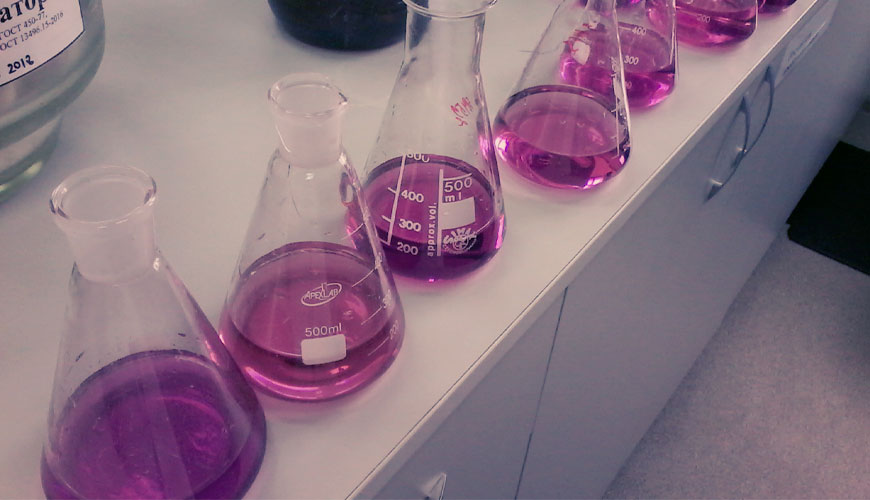

The acid value is defined as the number of milligrams of potassium hydroxide required to neutralize the free fatty acids present in one gram of oil.

It is a relative measure of bitterness, as free fatty acids are normally formed during the degradation of triglycerides. This value is also expressed as a percentage of free fatty acids calculated as oleic acid, lauric acid and palmitic acids. The acid value is determined by direct titration of oil in an alcoholic medium against a standard potassium hydroxide / sodium hydroxide solution. This value is a measure of the amount of fatty acids released by hydrolysis from glycerides by humidity, temperature or the action of the lipolytic enzyme lipase.
Water acidity is defined as its capacity to react with a strong base up to a certain pH. Strong mineral acids, weak acids such as carbonic and acetic, and hydrolyzing salts such as ferric and aluminum sulfates can contribute to the measured acidity. According to the determination method, acidity is important because acid contributes to corrosiveness and affects certain chemical and biological processes. It is a measure of the amount of base needed to neutralize a given sample to a specific pH.
Hydrogen ions present in a sample as a result of decomposition or hydrolysis of solutes are neutralized by titration with standard alkali. The acidity therefore depends on the pH value or the indicator used. Dissolved carbon dioxide is usually the main acid component of uncontaminated surface water. In determining the acidity of the sample, the standard volumes of alkali required to produce a color change at pH 8.3 and 3.7 are determined.
Briefly, acidity is measured on the pH scale, and a lower pH value indicates higher acid levels, while a high pH value indicates lower acidity. For example, acidic white vinegar has a pH level of 2.5.
Acidity measurements can be made using pH and titration. A pH meter measures the acid strength of a sample in terms of the concentration of hydrogen ions in a solution. Titrimetric analysis gives total titratable acid. Titration is performed using acid-base titration, redox titration, or colorimetric titration.
Our organization also provides acidity determination services with its trained and expert staff and advanced technological equipment, among the numerous test, measurement, analysis and evaluation studies it provides for businesses in various sectors.
To get an appointment, to get more detailed information or to request an evaluation, you can ask us to fill in our form and reach you.